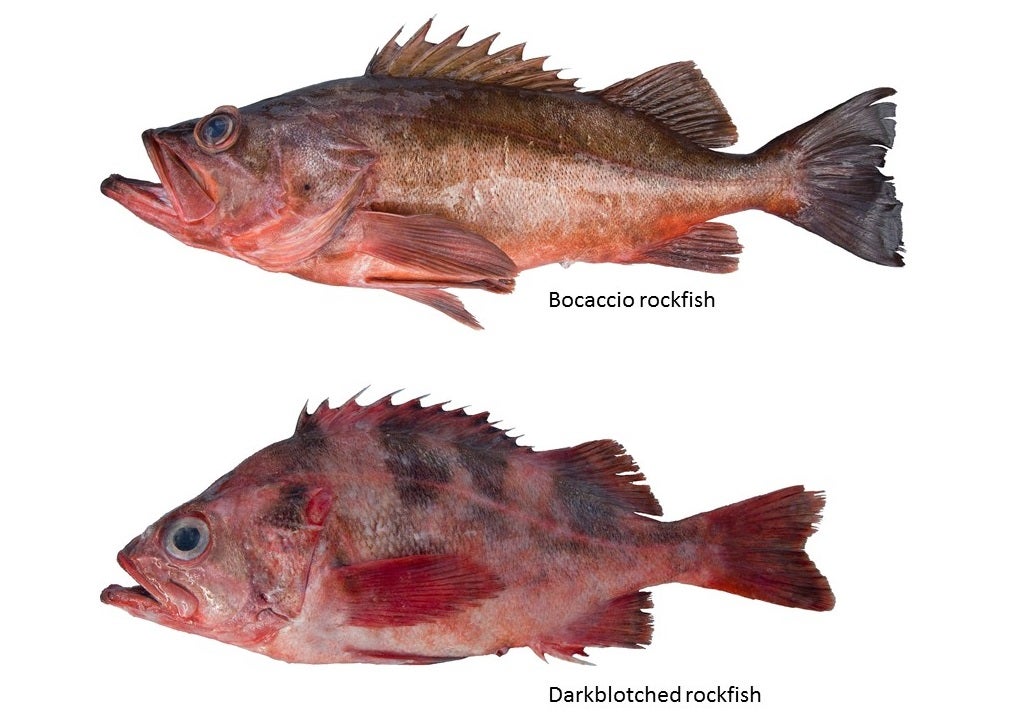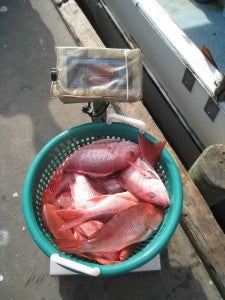
Photos: Vicky Okimura
Rapid comebacks mean greater fishing opportunities, more sustainable seafood for U.S. markets
EDF’s Pacific team is pleased to share the news that stocks of both Bocaccio and Darkblotched rockfish have been declared rebuilt on the West Coast, well ahead of schedule. Commercial fishermen – who have worked for years to avoid catching the species – will soon be much freer to harvest them and to supply consumers with these beautiful, delicious, sustainable rockfish.
Previously declared overfished, Bocaccio and Darkblotched are among several species that have been under strict rebuilding plans in recent years. As such, they’ve been among the “constraining species” that fishermen have intentionally avoided catching since 2011, when the trawl fishery’s quota-based catch share management system was implemented. (Fishermen sought to avoid them prior to 2011 also, but under less effective management systems.) Read More










